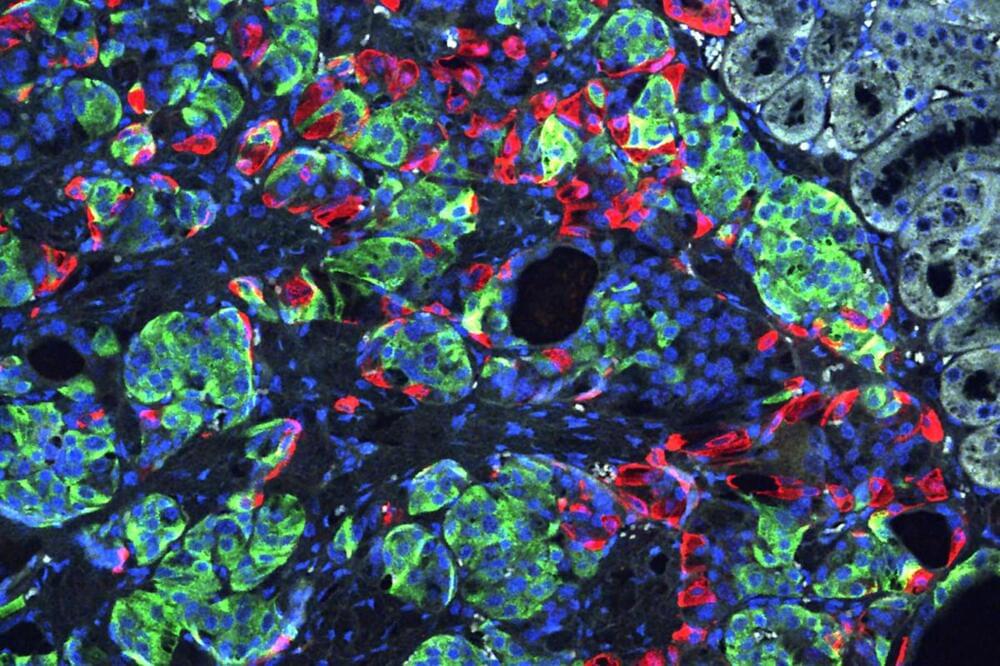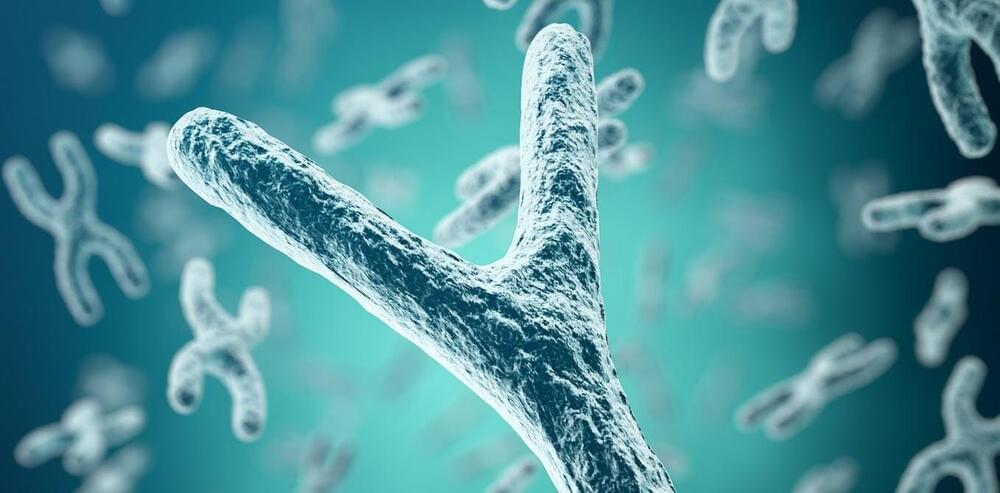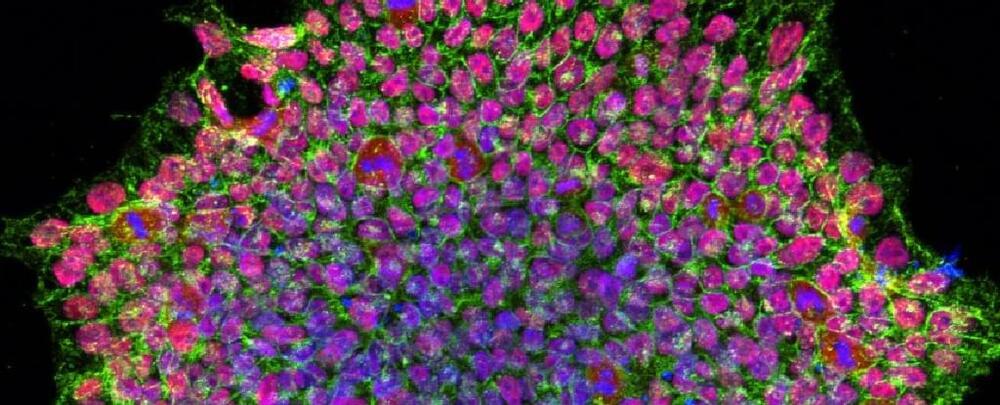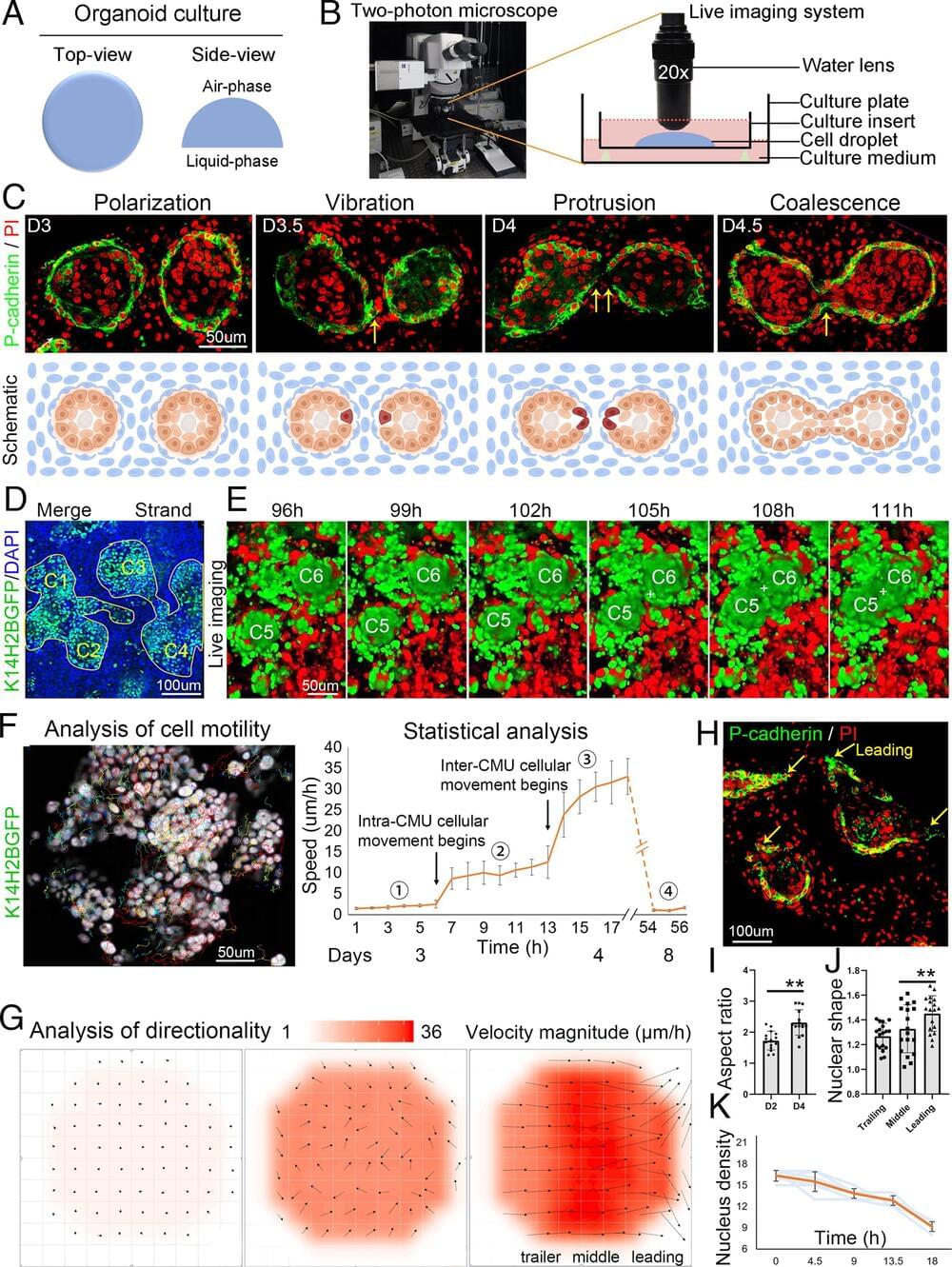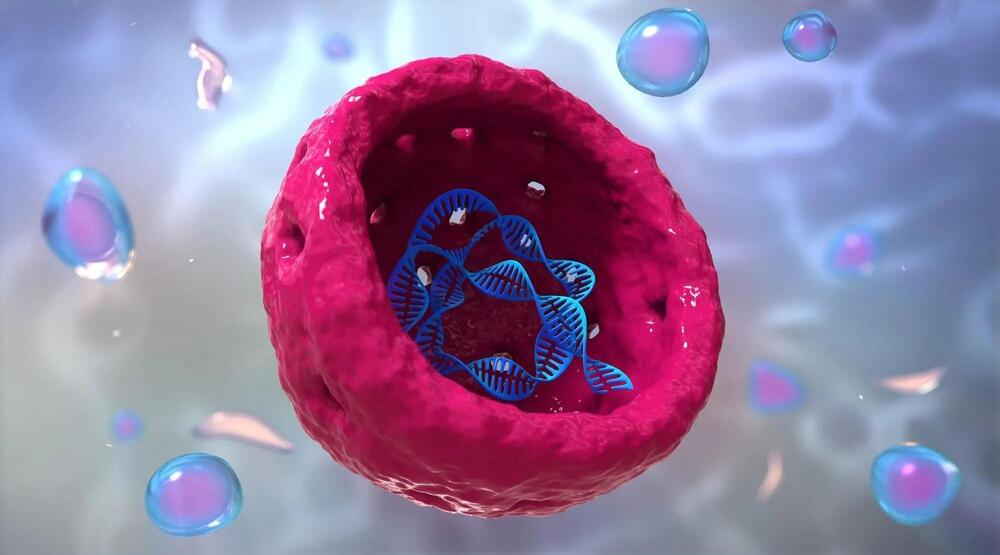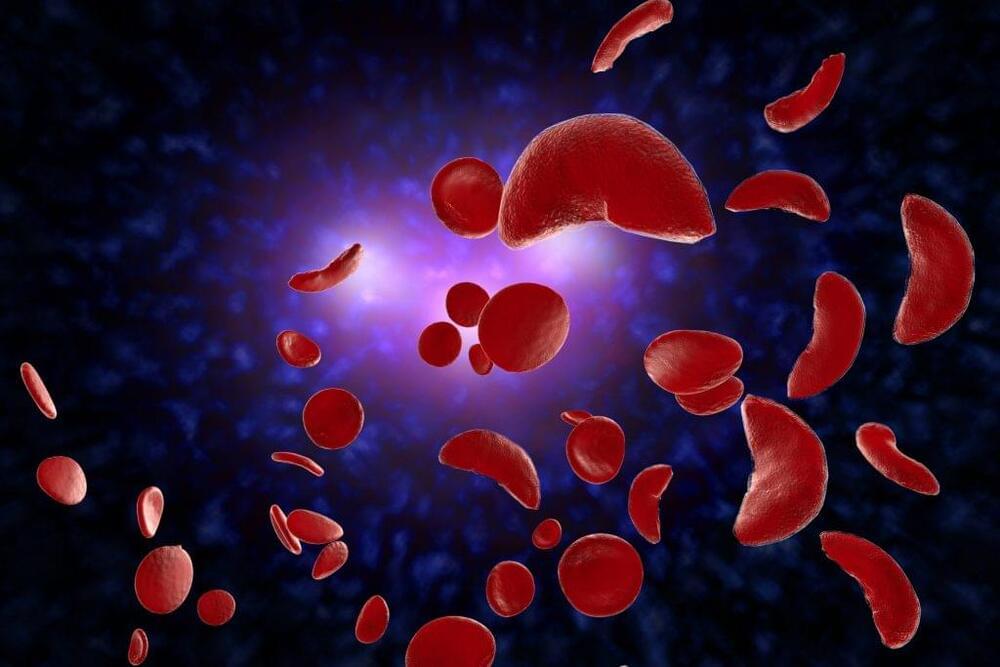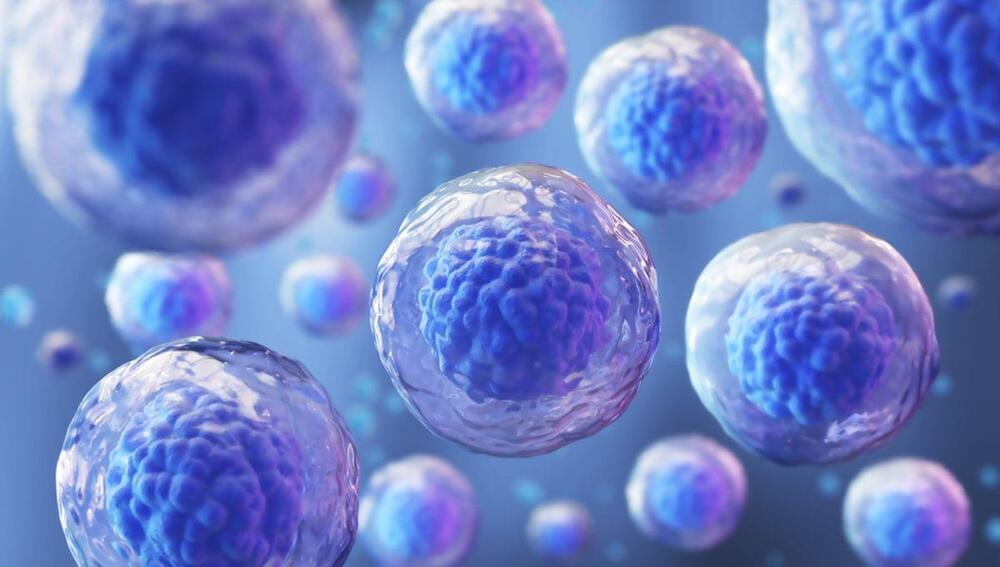Aug 31, 2023
Diabetes reversed in mice with genetically edited stem cells derived from patients
Posted by Omuterema Akhahenda in categories: biotech/medical, genetics
Researchers at Washington University School of Medicine in St. Louis have transformed stem cells into insulin-producing cells. They used the CRISPR gene-editing tool to correct a defect that caused a form of diabetes, and implanted the cells into mice to reverse diabetes in the animals. Shown is a microscopic image of insulin-secreting beta cells (insulin is green) that were made from stem cells produced from the skin of a patient with Wolfram syndrome.
CRISPR corrects genetic defect so cells can normalize blood sugar.
